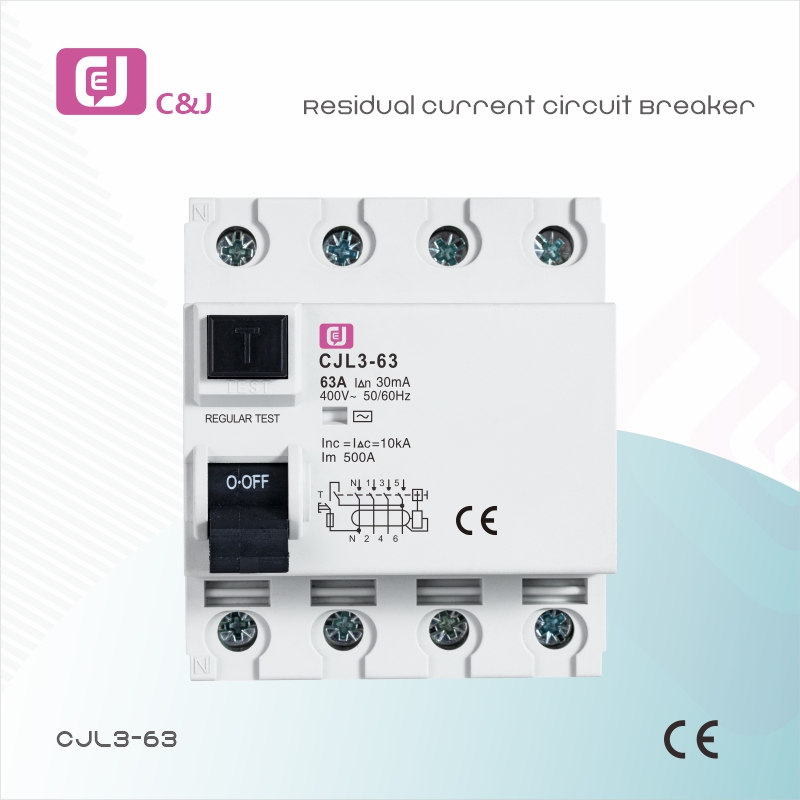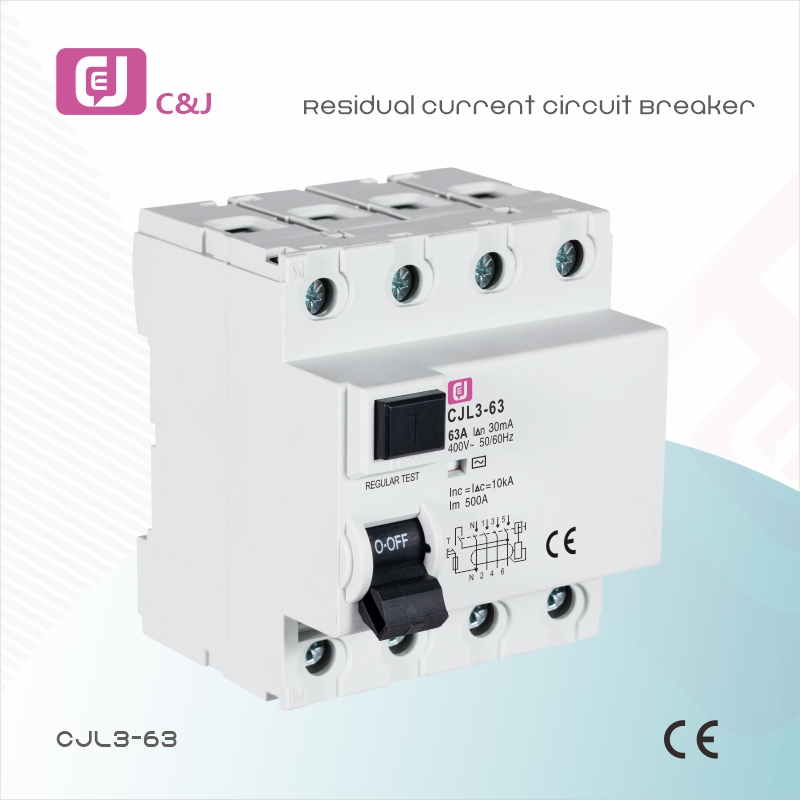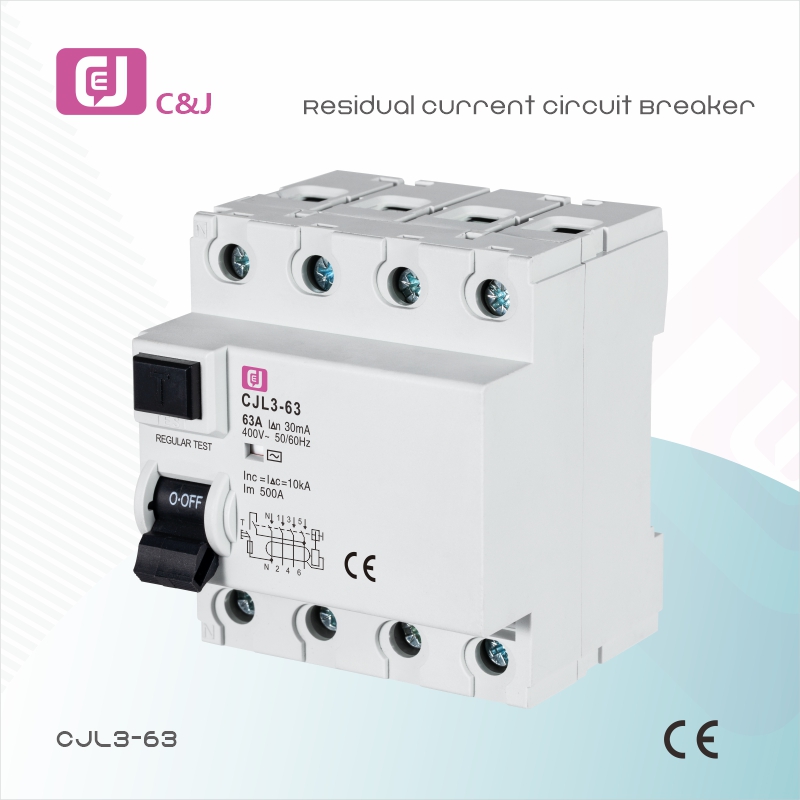Understanding RCCBs and RCBOs: Essential Components of Electrical Safety
Safety is paramount in electrical installations. Residual current circuit breakers (RCCBs) and residual current circuit breakers with overcurrent protection (RCBOs) are two critical devices that play a vital role in protecting people and property. While their uses are similar, understanding the differences and applications of RCCBs and RCBOs is crucial for anyone working in an electrical or safety environment.
What is RCCB?
A residual current circuit breaker (RCCB) is a safety device designed to prevent electric shock and electrical fires caused by ground faults. It works by monitoring the balance of current flowing through the hot and neutral wires. If a current imbalance is detected (for example, if someone touches the hot wire, which could indicate a current leakage), the RCCB trips within milliseconds and disconnects the circuit. This rapid response is crucial to preventing serious injury or death.
Residual current circuit breakers (RCCBs) are typically rated in milliamperes (mA) and are available in a variety of sensitivity levels, such as 30mA for personal protection and 100mA or 300mA for fire protection. They are commonly used in residential and commercial electrical systems to improve safety, especially in areas with water, such as bathrooms and kitchens.
What is RCBO?
RCBO (Residual Current Circuit Breaker with Overcurrent Protection) combines the functionality of an RCCB and a miniature circuit breaker (MCB). This means that the RCBO not only protects against earth faults, but also provides overcurrent protection against overloads and short circuits.
The dual functionality of an RCBO makes it a versatile choice for modern electrical installations. It can be used to protect individual circuits, enabling more precise control and safety. For example, if a fault occurs on a circuit, the RCBO will trip, isolating that circuit without affecting other circuits. This feature is particularly useful in residential environments with multiple circuits.
Main differences between RCCB and RCBO
While both RCCBs and RCBOs are crucial to electrical safety, their applications are quite different:
1. Function: RCCB provides only ground fault protection, while RCBO provides both ground fault protection and overcurrent protection.
2.Application: RCCBs are usually used in conjunction with MCBs, while RCBOs can replace both devices, thus simplifying the circuit protection system.
3. Cost and Space: Since RCBOs have dual functions, they may be more expensive than RCCBs. However, since RCBOs combine two devices into one, they can save space in the distribution cabinet.
4. Trip Mechanism: RCCB trips when current imbalance is detected, whereas RCBO trips when ground fault and overcurrent occur.
In short
In summary, both RCCBs and RCBOs are critical components for ensuring electrical safety. RCCBs primarily protect against ground faults, making them essential equipment in high-risk areas. RCBOs, on the other hand, combine ground fault protection with overcurrent protection, providing a comprehensive solution for modern electrical systems.
When designing or upgrading electrical equipment, it’s important to consider the specific environmental needs and the required level of protection. Understanding the differences and applications of RCCBs and RCBOs can help electricians and homeowners make informed decisions that improve the safety and reliability of their electrical systems. Whether you choose an RCCB or RCBO, prioritizing electrical safety is always the right choice.
Post time: Sep-04-2025




